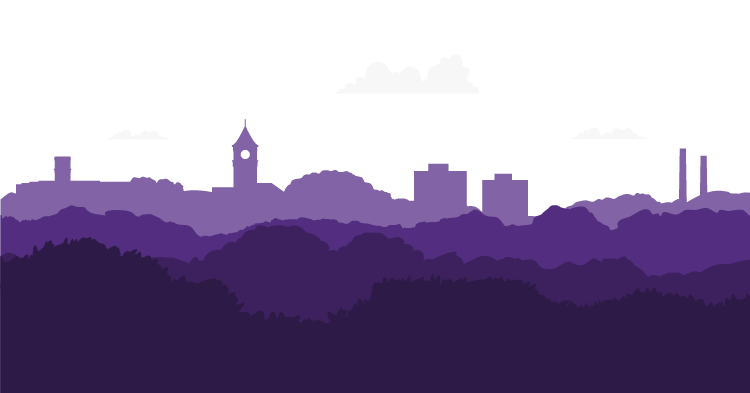Have you ever wanted to add some colorful elements to your web page text? Sure, you can just change the text color but what if you want to take it up a notch and really make your text stand out? Panels and borders can be used to draw attention to special or important content. Simply add the class panel or border to your element, or to a div wrapped around many elements. Customize by also adding a brand color.
HTML with Orange Outline
<p class="border orange"><!--Your content goes here--></p> <p class="panel orange"><!--Your content goes here--></p>
HTML with Sky Blue Panel
<h4 class="panel sky">Header</h4>
HTML with Regalia Header
<div class="panel regalia">
<h4 class="last">Header</h4>
<p>Lorem ipsum dolor sit amet, consectetur adipiscing elit.</p>
</div>
For examples and more information, see Web Style Guide/Panels and Borders.
